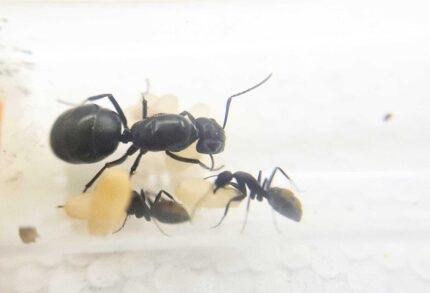
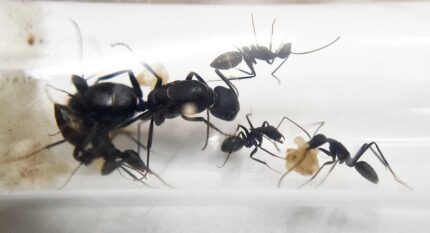
Camponotus albosparsus
139,90 zł – 289,90 zł
Worldwide shipping
Free delivery over 500 PLN
The highest quality of goods
Live delivery guarantee
24/7 Personal Support
Fair Prices
Description
Camponotus albosparsus is a monogynous ant species with colony size up to 1000 workers. They have a fast development speed. The queen measures 12-13mm while workers are 4-6mm and majors are 8-10mm. Their color is a combination of brown legs and a yellowish brown chest. They consume food insects, syrup, fruits, vegetables, and jelly.
Additional information
| Behavior | |
|---|---|
| Difficulty in breeding | |
| Origin | |
| The size of ants | |
| Wintering |
Camponotus albosparsus
Welcome to the world of Camponotus albosparsus, a remarkable ant species that is sure to captivate your attention. Known for their small size and fast movements, these ants are a fascinating addition to any ant colony enthusiast’s collection. In this product description, we will explore the various aspects of Camponotus albosparsus, from their colony type and size to their nutritional needs and preferred nesting materials.
Colony Type and Size
- Colony Type: Monogyny
- Colony Size: Up to 1000 workers
- Development Speed: Fast
Development Speed
One of the notable characteristics of Camponotus albosparsus is their fast development speed. These ants progress through their life stages quickly, ensuring a growing and dynamic colony.
Size
- Queen: 12 and 13 mm.
- Workers: 4 and 6 mm.
- Major: 8 and 10 mm.
Color
Camponotus albosparsus display a striking coloration that adds to their visual appeal. Their legs are brown, while their chest and abdomen exhibit a beautiful yellowish-brown hue. These colors create a delightful contrast and are a sight to behold.
Nutrition
To ensure the optimal health and well-being of your Camponotus albosparsus colony, it is crucial to provide them with a diverse diet. The recommended nutritional sources include:
- Food Insects: Offer your ants a variety of live food insects, such as cockroaches and crickets. These protein-rich insects are essential for the colony’s growth and development.
- Syrup: Prepare a syrup using a mixture of water and honey. The recommended ratio is 4 parts water to 1 part honey. This sweet treat provides your ants with a source of energy.
- Fruits and Vegetables: Supplement your ants’ diet with fresh fruits and vegetables. These natural sources of nutrients will contribute to the overall health of your colony.
- Jelly: Another option is to offer a small amount of jelly. This delectable treat serves as a tasty alternative to other food sources.
- Cooked Chicken: Treat your Camponotus albosparsus to some cooked chicken without salt. This protein-rich addition adds variety to their diet and supports their nutritional needs.
- Honey
Humidity and Temperature
The proper humidity and temperature levels are crucial for the well-being and success of your Camponotus albosparsus colony. Provide the following conditions:
- Arena Humidity: 30% and 50%
- Nest Humidity: 50% and 70%.
- Arena Temperature: 21°C and 35°C.
- Nest Temperature: 24°C and 28°C.
Recommended Nests for Breeding
When setting up a habitat for your Camponotus albosparsus colony, it is important to choose the right nesting materials. Here are some recommended options:
- Acrylic Nests: Acrylic nests provide a transparent and durable housing solution for your ants. These nests allow for easy observation and maintenance of the colony.
- Cork Nests: Cork nests offer a more natural and aesthetically pleasing option. The porous nature of cork provides excellent ventilation and insulation for your ants.
- Plaster Nests: Plaster nests are easy to mold and customize to your specific needs. These nests provide a secure and stable environment for Camponotus albosparsus.
- Aerated Concrete Nests: Aerated concrete nests are lightweight yet sturdy. They offer excellent insulation properties and create a conducive environment for ant colonies
- Digfix.
Now that you are well-informed about the fantastic qualities of Camponotus albosparsus, it’s time to embark on an adventure with these small wonders. With their intriguing behavior, beautiful coloration, and impressive capabilities, these ants are sure to bring endless fascination to your ant keeping journey.


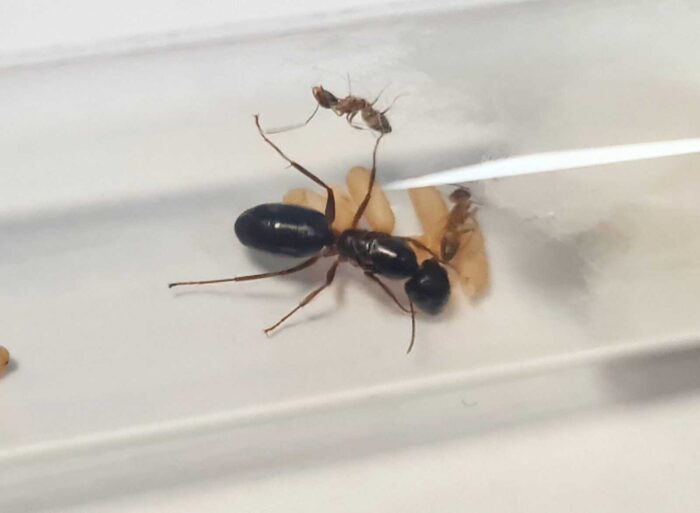
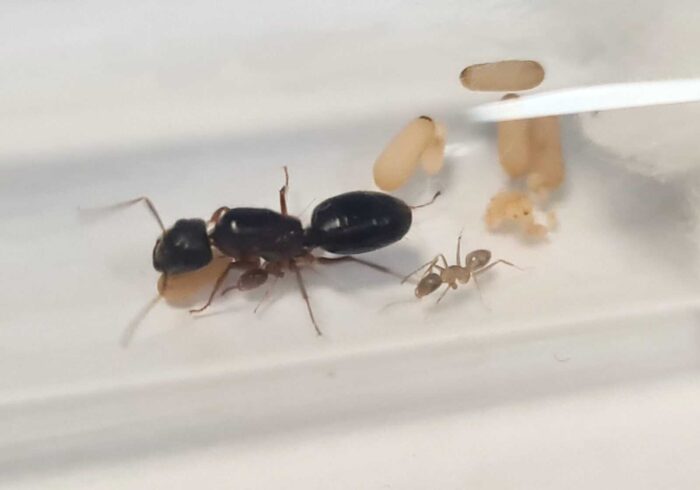
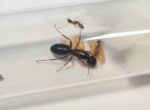
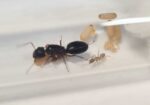
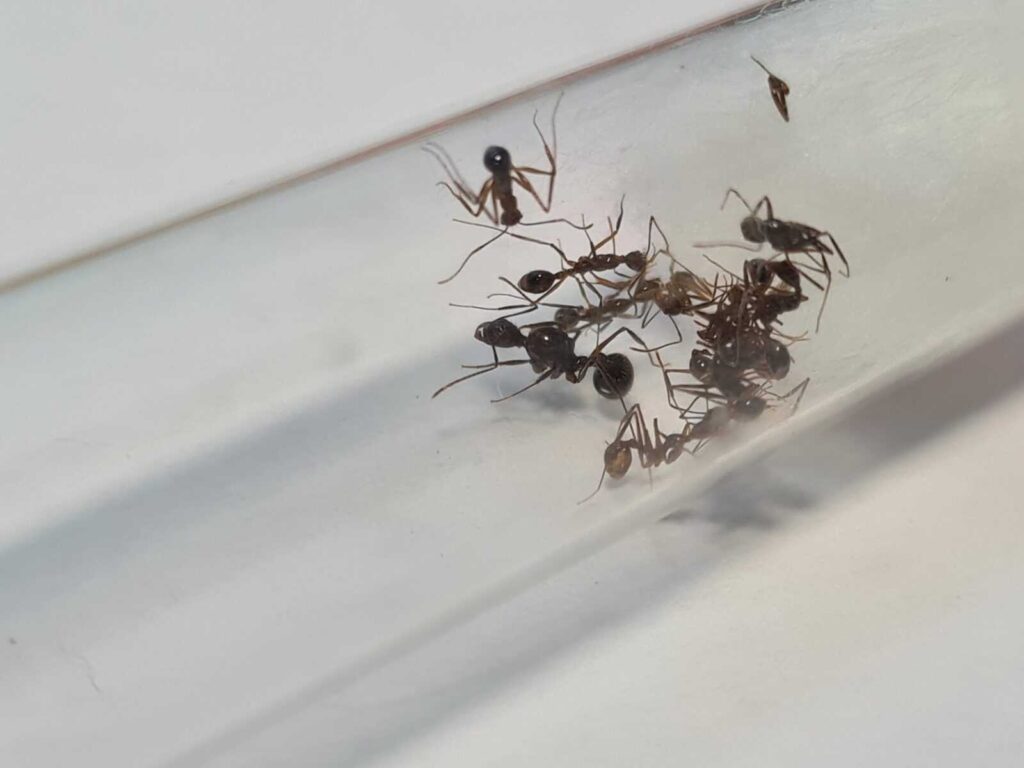
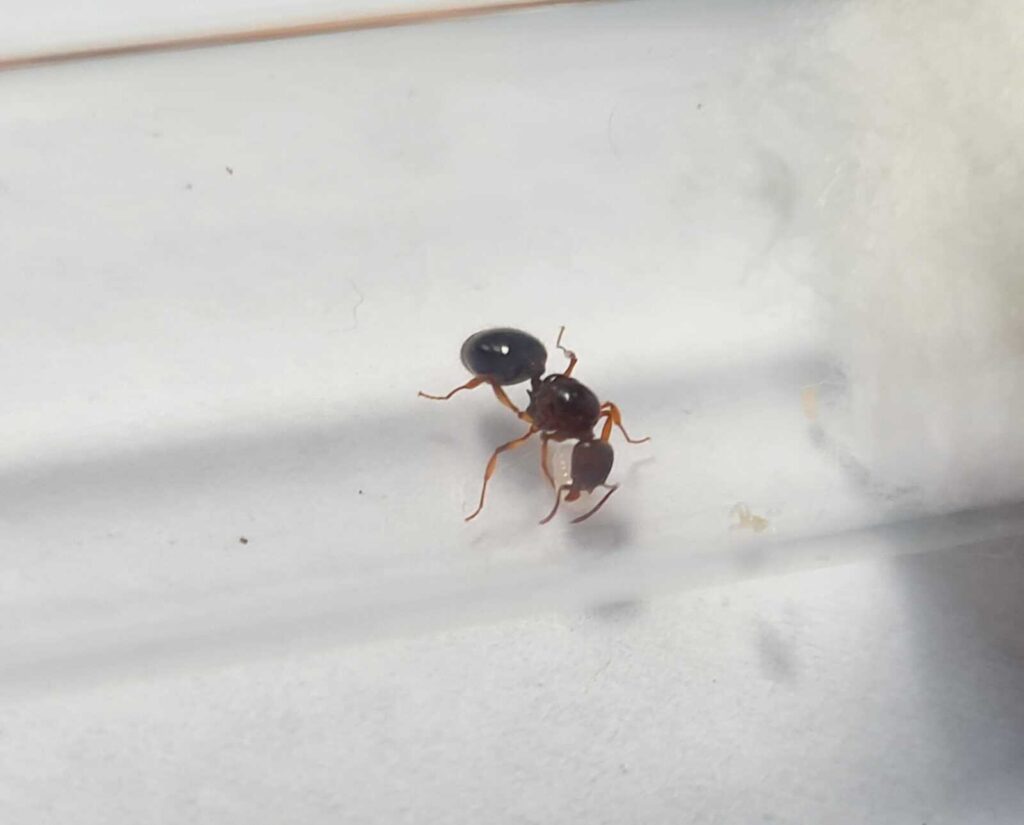
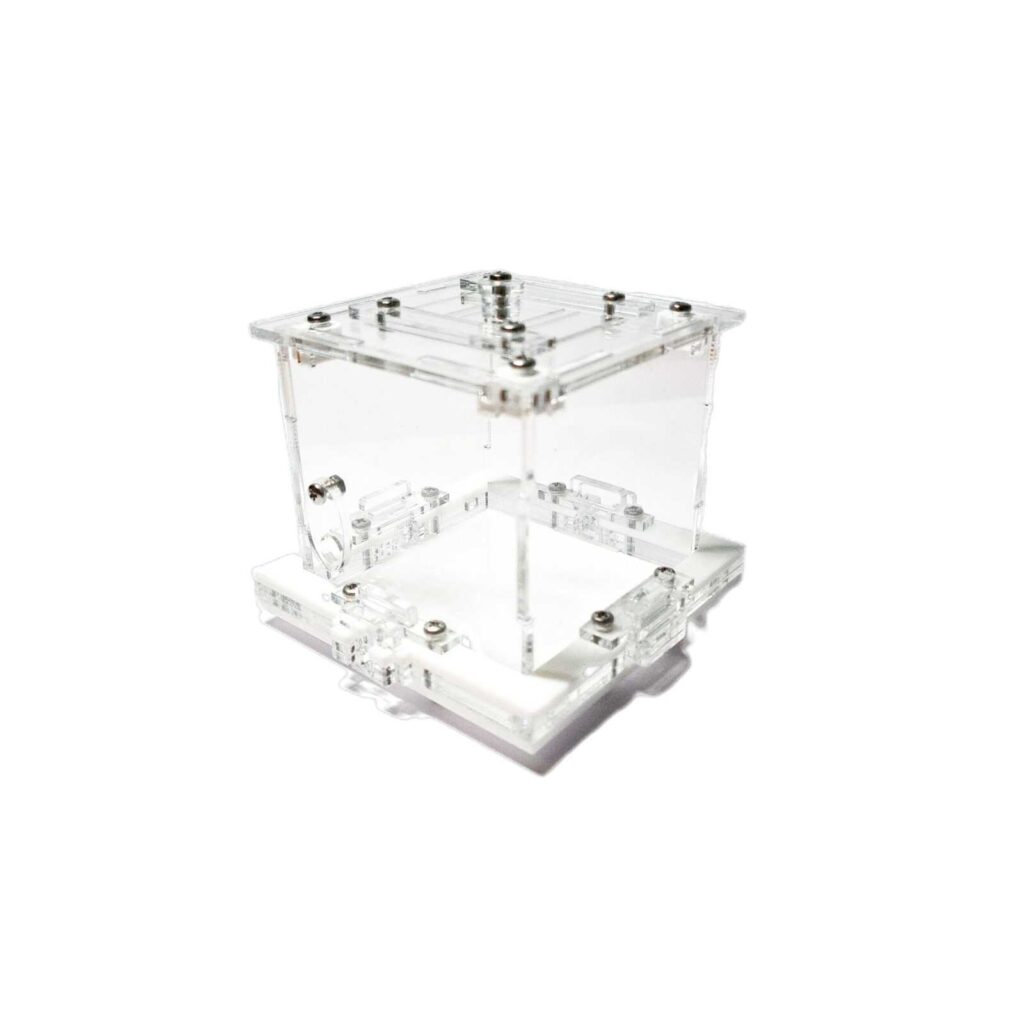
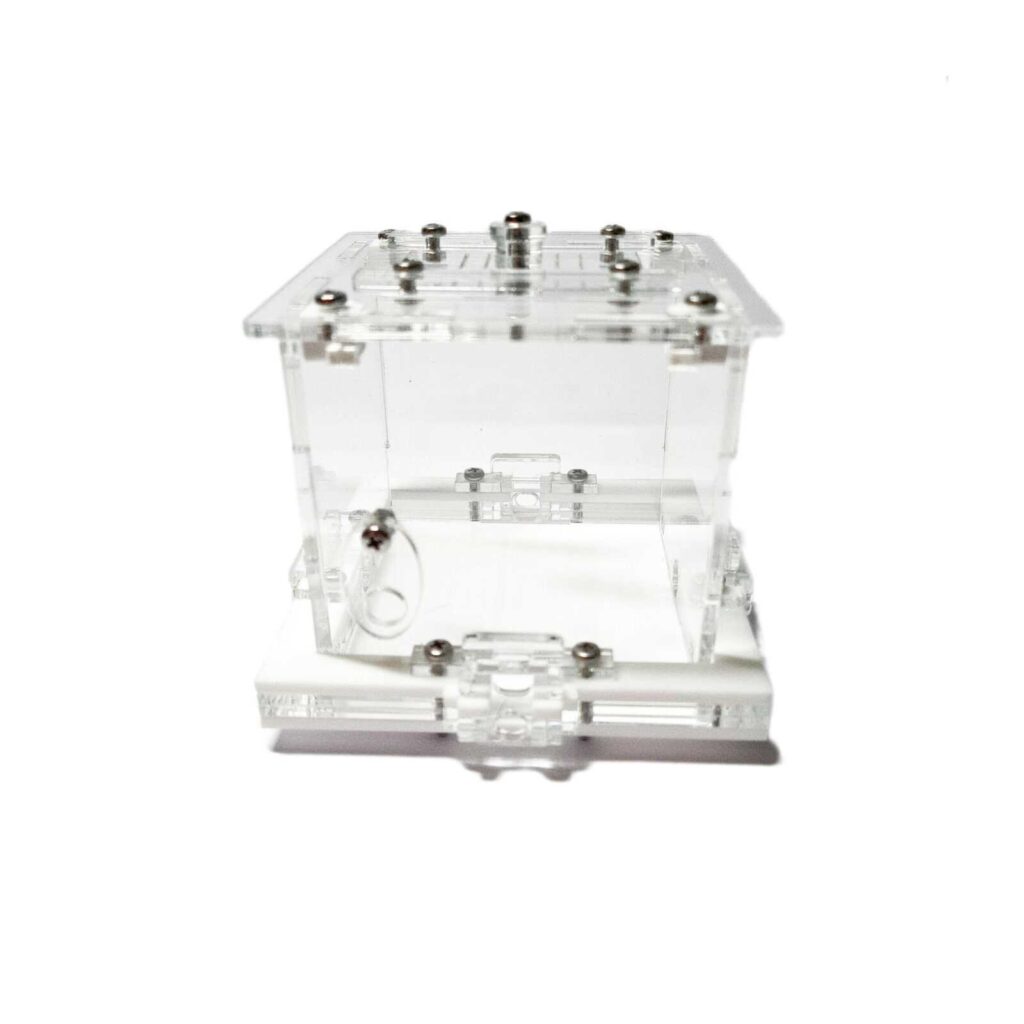
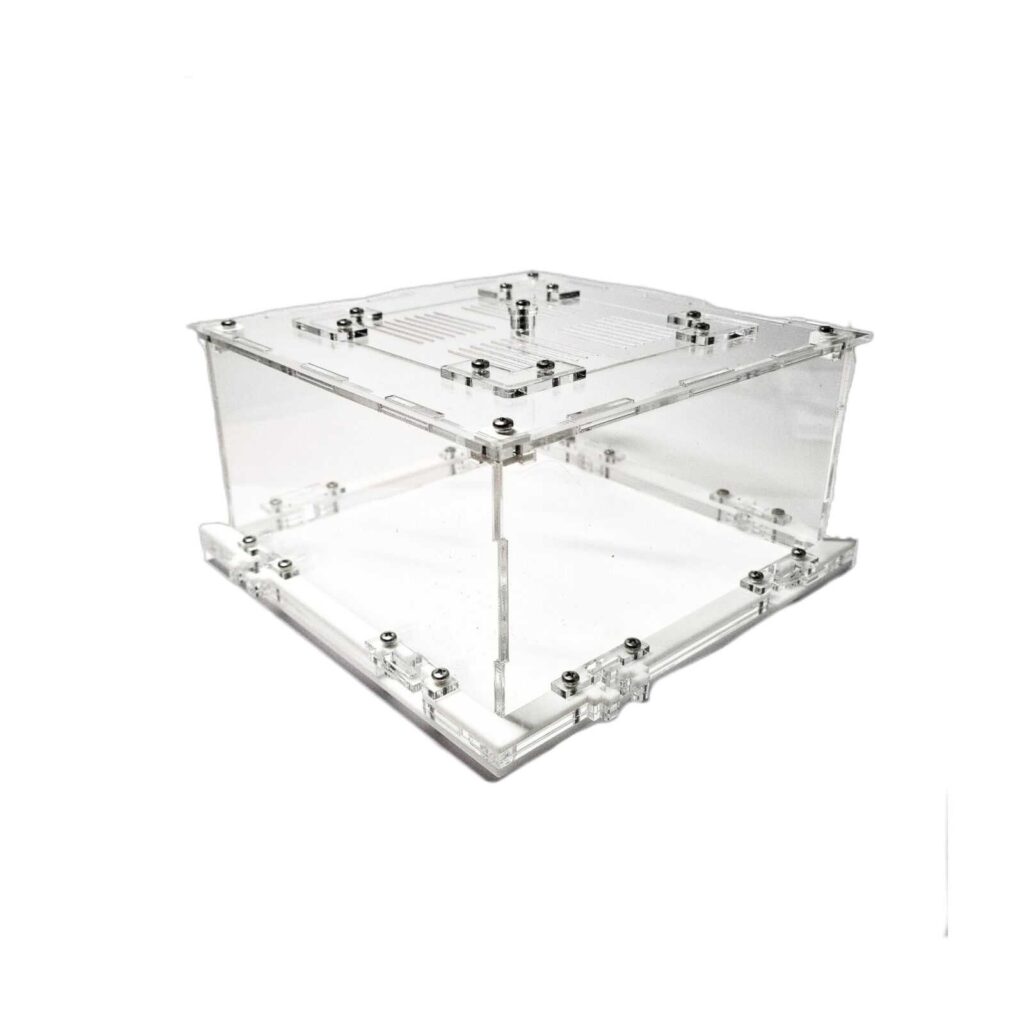
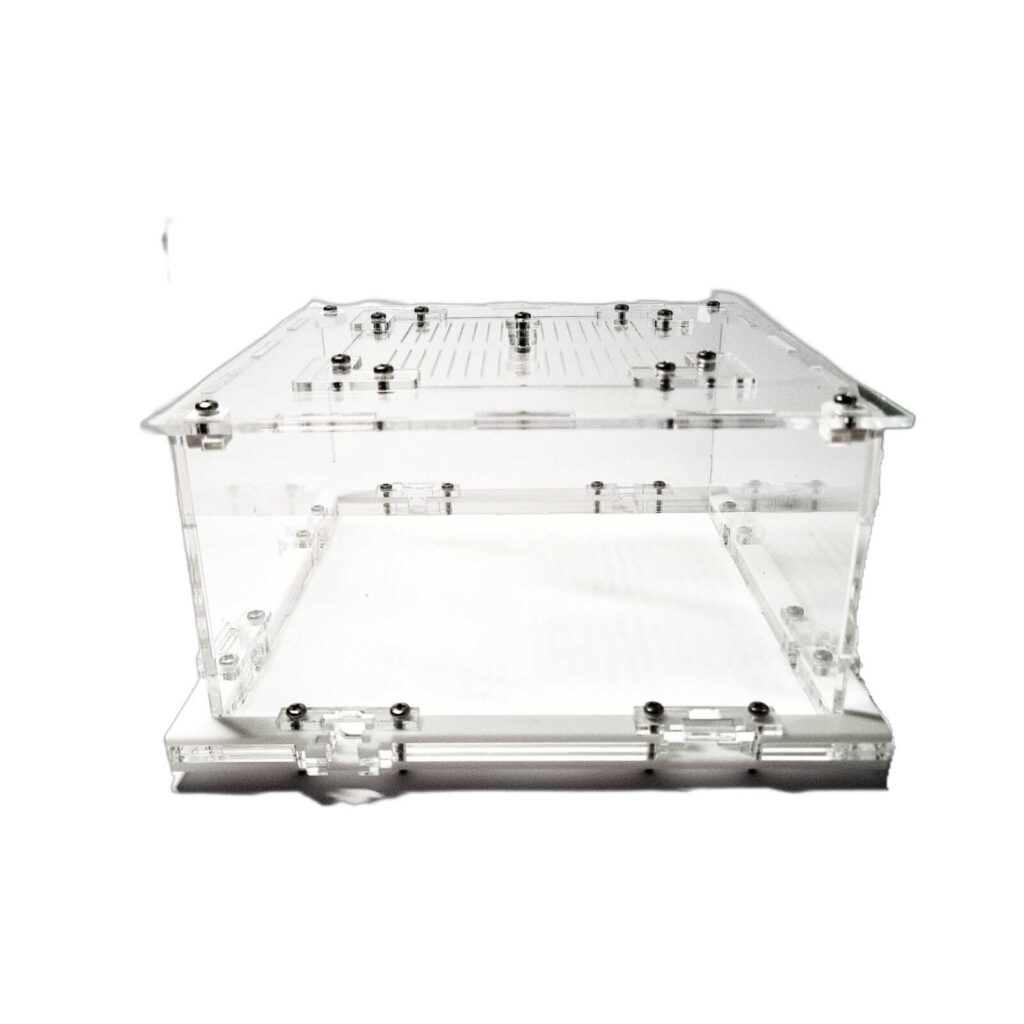
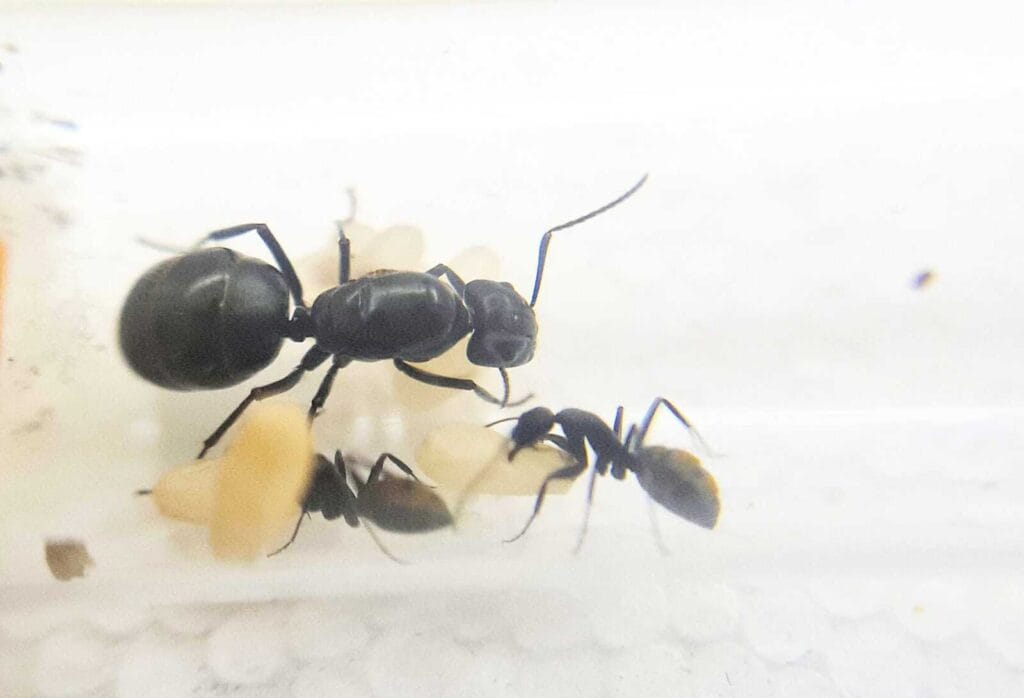
There are no reviews yet.